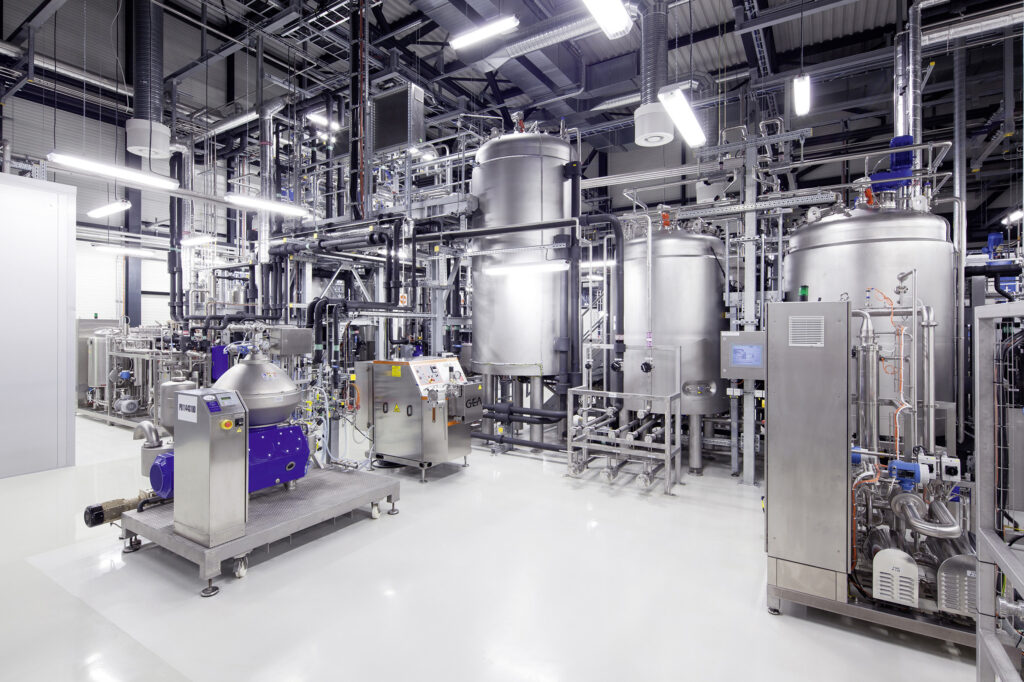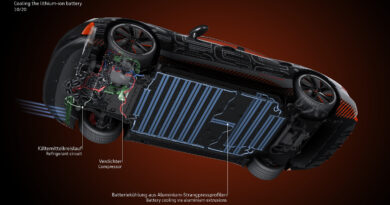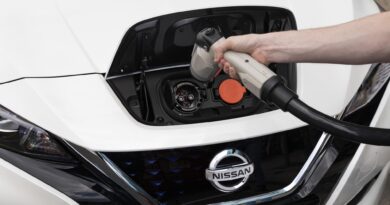Synthetic petrol: Understanding Porsche’s e-fuel ambitions
Liquid electricity… that’s the best way to visualise the e-fuel that will eventually flow from a Porsche-backed project in South America. The famed German brand will be the primary user of petrol produced from 2022 by a world-first plant in the deep south of Chile.
Using only wind power, water and air, the facility will be able to produce pure petrol that’s completely compatible with existing internal combustion engines.
Initial output from the pilot plant will be modest; only 130,000 litres in 2022 is the target. But the plan is to steeply ramp up production in two expansion phases; 55 million litres by 2024 and 550 million litres by 2026.
Why is Porsche interested?
Obvious… e-fuel mean the internal combustion engine can live on, in cars like Porsche’s iconic 911 sports car. It’s a climate-neutral way to keep the exhaust-pipe music playing.
Unlike fossil fuels, e-fuels don’t add to the carbon dioxide in earth’s atmosphere that’s the main cause of climate change.
Though electromobility is currently the company’s top priority, Porsche CEO Oliver Blume views e-fuels as a “worthwhile complement”.
“Their advantages lie in their ease of application,” the executive says “E-fuels can be used in combustion engines and plug-in hybrids, and can make use of the existing network of filling stations. By using them, we can make a further contribution toward protecting the climate.
In the early phase of e-fuel production, when supply is very limited, it will be used only in motorsport and Porsche Experience Centres. Widespread use will be possible only when large-scale production is under way.
Who’s making Porsche’s e-fuel?
Porsche builds cars and SUVs, not fuel. It’s supporting the production of the e-fuel as a major customer, and as an investor. Its initial contribution to the venture in Chile is roughly $30 million.
The Haru Oni or HIF (for Highly Innovative Fuels) project, as it’s known, is a co-development involving a bunch of big-time companies that aren’t in the car business.

Siemens Energy is providing wind turbines and other key components, with the help of about $12 million in funding from the German government. Others involved are the Italian energy company Enel, while Chilean company ENAP will provide staff and maintenance and logistics services. Another Chilean outfit, AME, is the primary developer and owner of the project.
At the core of the Haru Oni, in a technical sense, is a process licensed from oil giant ExxonMobil.
How is e-fuel made?
It’s a synthetic fuel, which really isn’t anything new.
Synthetic fuels have been around for a century or so. Germans Franz Fischer and Hans Tropsch developed a process to convert coal into fuel in the 1920s. Petrol made this way powered German aircraft, tanks and trucks through WW2.
Later, South Africa turned to Fischer-Tropsch synthesis to keep its bakkies running when apartheid-era sanctions cut off access to crude oil and the fuels made from it.
Improvements to the process allowed natural gas to be converted as well as coal. Today there are plants turning either coal or gas into liquid fuels in South Africa, Malaysia and Qatar, with more planned or under construction in other parts of the world.
Competition for Fischer-Tropsch arrived in the 1970s. More or less by accident ExxonMobil discovered a way to turn methanol, a colourless and flammable liquid, into petrol.
This same process is being used in the Porsche-supported facility in Chile. But the Haru Oni project will not create its methanol from methane, otherwise known as natural gas, as was done in the past. Instead it will use hydrogen and carbon to manufacture methanol from scratch.
The hydrogen will be obtained by electrically breaking down water. H2O, remember, is two atoms of hydrogen bonded with one atom of oxygen. The process of busting them up is called electrolysis.
This is basically a hydrogen fuel-cell working backwards. In a hydrogen fuel-cell, electricity is produced when hydrogen, the fuel, combines with oxygen in the air to produce water. Zapping water with electricity reverses the reaction to produce hydrogen and oxygen.
Carbon is the other main ingredient needed to create methanol. At Haru Oni the plan is to obtain it by removing carbon dioxide from the air and breaking it down to release the carbon.
The project will use electricity to power all of these reactions, and this explains why the site in the south of Chile was chosen. The winds in this region are both strong and steady. It’s the perfect place to maximise the productivity of wind turbines, in other words.
It’s also the reason why an e-fuel can be aptly called liquid electricity.
What’s great about e-fuel?
It makes perfect petrol.
The carbon in the e-fuel Haru Oni will produce is sucked out of the air, so burning it simply returns CO2 that was already there. Fossil fuels, on the other hand, put carbon that was stored millions or billions of years ago back into the atmosphere.
Also, because it’s synthetic, e-fuel burns clean. It doesn’t contain any of the natural impurities found in oil-derived fuel that are responsible for some tailpipe pollutants.
Is there a catch?
Absolutely. There are two problems with e-fuel, and they’re both whoppers.
The first is that producing e-fuel is energy inefficient. There are losses every step of the way. Commercially available electrolysis machinery to break down water into hydrogen and oxygen, for example, is around 60 to 70 percent efficient.
Add up all the electricity needed to produce an e-fuel and it’s a lot. If the same amount of electricity was instead put into the battery pack of an EV, it would be able to drive four times further than a similar ICE-powered car burning e-fuel.
The other issue is cost. All the energy needed to create an e-fuel ensures it will be expensive. Even assuming that there’s room for improvement in e-fuel production processes in the future they’re going to be a costly way to get from A to B. Projections for the price of e-fuel in 2030, using middle of the road assumptions on the pace of technical progress, are in the $4.50 to $6.00 per litre range.
Summary
Is e-fuel a clever idea?
Yes.
Is e-fuel production smart?
No, not really…




